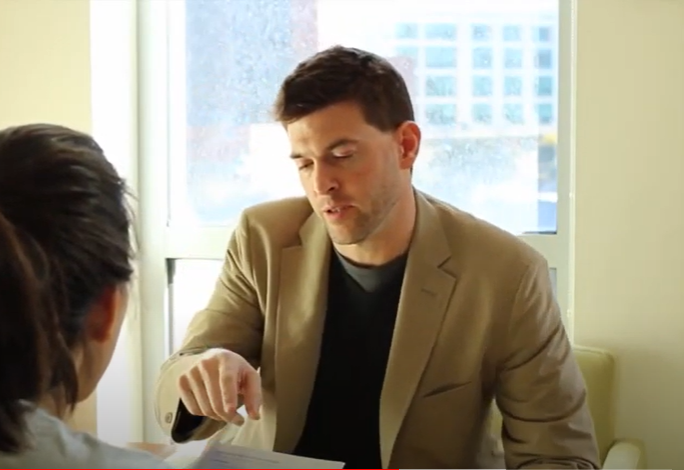
Korey Hood
Korey Hood, PhD, Associate Clinical Professor of Pediatrics at UCSF and Type I diabetes patient, describes how medical technology has significantly impacted his quality of life and overall care.
Adult Diagnosis
When Korey Hood was diagnosed with type I diabetes in 2000, he was in graduate school working on his Ph.D. Coincidentally, he had just started working in pediatric diabetes doing clinical research when he noticed the classic symptoms of the onset of the disease – including increased thirst and hunger, weight loss and fatigue. “My reaction to the diagnosis at that time was, I was scared,” says Korey. “I knew textbook information about the disease, but I didn’t know exactly what was going on or how I was going to take care of it on a daily basis. I think the thing that scared me the most was probably thinking about what the disease would alter in terms of my health and whether it would mean that I wouldn’t live as long as I thought I would.”
An Ongoing Challenge
Initially, Korey’s treatment regimen consisted of daily injections of insulin, which is common treatment protocol for people with the disease. Korey says, “I took the insulin at a certain time, I was going to have to snack at a certain time, and I was going to have to eat lunch at a certain time. There was very little flexibility in my day.”
Living with diabetes, particularly type 1, is an ongoing challenge. People with the disease must carefully balance insulin doses with eating and other activities. Many must also measure their blood-glucose level by pricking their fingers for blood, often six or more times a day. Despite this constant monitoring, people with diabetes still run the risk of dangerously high or low bloodglucose levels, both of which can be life threatening.
“For me, the insulin pump allows for more flexibility, and certainly my quality of life has improved because I am able to eat what I want and exercise when I want and it’s easier to do correction doses of insulin when my blood sugar is high.”
An Alternative Option
However, thanks to advances in medical technology, there is now an alternative option that is giving many people, including Korey, a better quality of life and more control over their blood sugar levels: an insulin pump. An insulin pump is a computerized device the size of a cell phone that delivers continuous, fastacting insulin and is attached to the body using a catheter, which is inserted under the skin of the abdomen and taped in place.
“I’ve been on the insulin pump for about ten years, “says Korey. “It much more mirrors the physiologic need of insulin in the body because it gives you an insulin drip throughout the day to keep blood sugar in the target range, and then any time that you eat, you give a bolus dose of insulin that can be programmed into the pump.” A person can measure how much of a bolus is needed using calculations based on the grams of carbohydrates consumed.
Korey adds, “For me, the insulin pump allows for more flexibility, and certainly my quality of life has improved because I am able to eat what I want and exercise when I want and it’s easier to do correction doses of insulin when my blood sugar is high.”
Korey also uses a continuous glucose monitor, a device that records blood sugar levels throughout the day and night. A glucose sensor is inserted under the skin to measure glucose levels in tissue fluid, called interstitial fluid. The device is connected to a transmitter that sends glucose readings via wireless radio frequency to a monitoring and display device. The device can detect and notify a person if their glucose is too high or low, and Korey says, “You can end up with close to 300 readings of glucose a day, which is nice because you have a constant idea of the direction that your blood sugar is going and the rate that it’s changing. I think the quality of life benefit with the use of technology is really strong.”
“My reaction to diabetes has changed tremendously since initially being diagnosed,” he adds. “I now feel very confident that I can take care of myself effectively and that I’m healthier today than I was almost 14 years ago. I use the latest and greatest technologies. Easing of the management burden of disease, that is really where technology shows tremendous benefits.